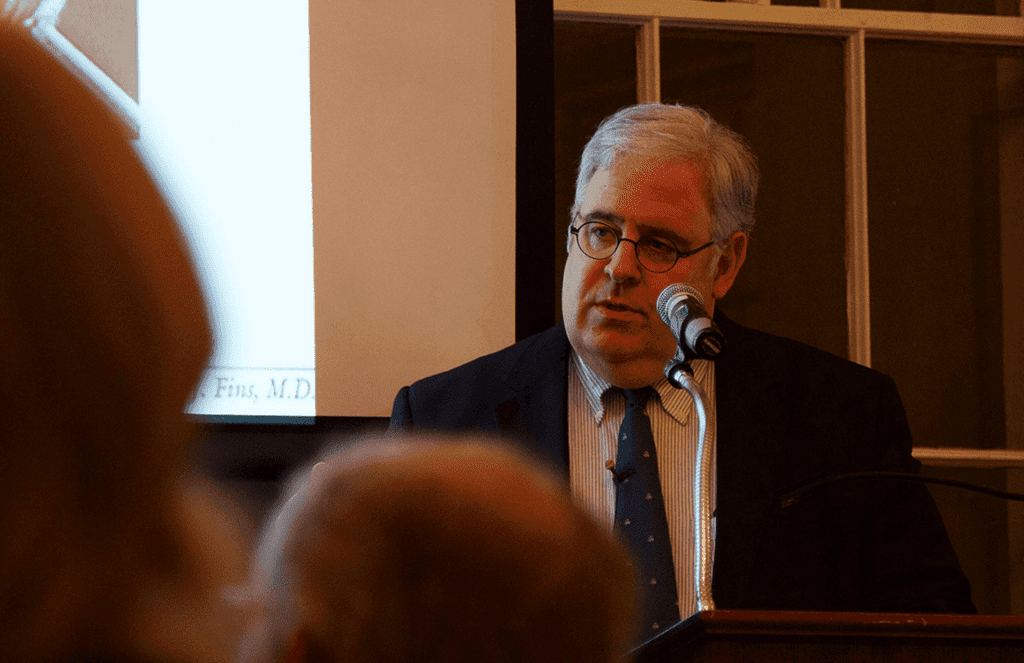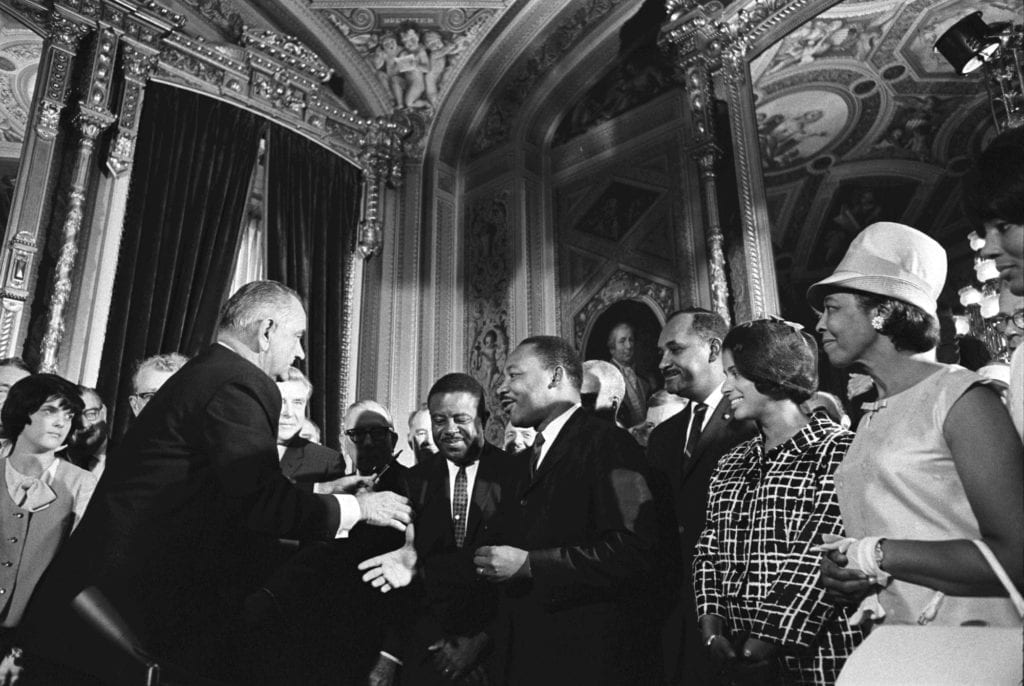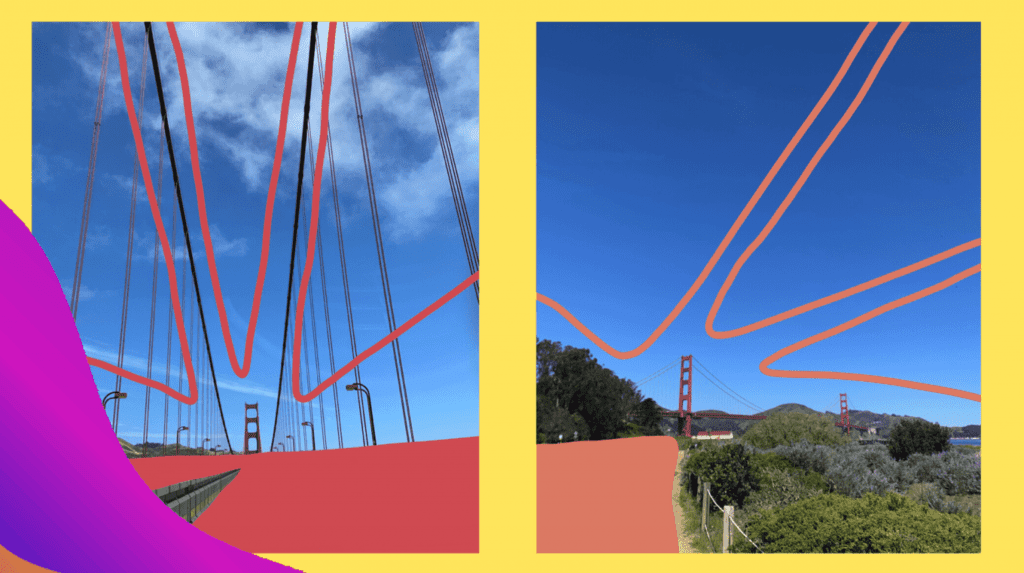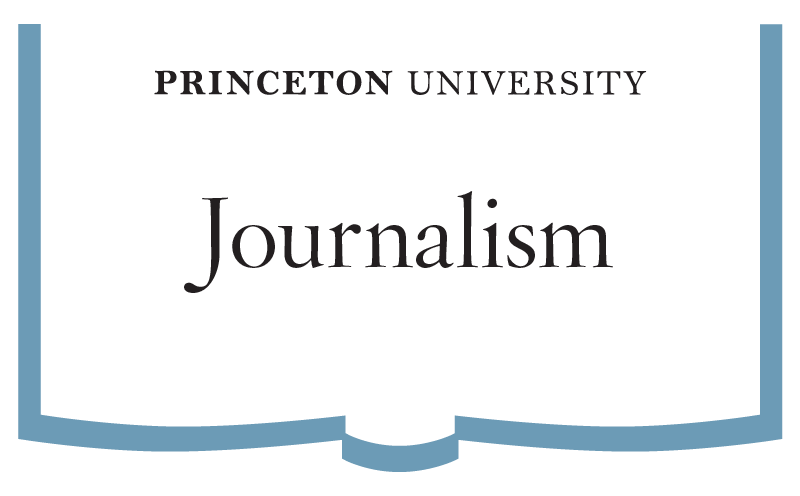By Min Pullan
In early February, students were arriving back to Princeton for the spring semester and professors were starting to teach, as professors do, in seminar rooms and lecture halls. Within weeks the campus would close, students would return to their homes all over the world, and teaching would go online for the rest of the semester and beyond.
Yet amidst the personal challenges of remote learning and the uncertainty facing the Princeton community, humanities faculty and students wasted little time in finding new and engaging ways to continue their courses within the context of the global coronavirus pandemic.
The Old World and the New
As the COVID-19 crisis escalated, classical studies took on pressing immediacy for students of “Ancient Greek and Roman Medicine: Bodies, Physicians, and Patients.” Taught by Brooke Holmes (Classics; Director, Interdisciplinary Doctoral Program in the Humanities), the course looked at the formation of a techne (“art” or “science”) of medicine in fifth-century BCE Greece, considering the theory and practice of healthcare in Greco-Roman antiquity. To explore parallels to the current crisis, which Holmes discusses in a published interview, she invited Dr. Joe Fins, Chief of the Division of Medical Ethics at New York Presbyterian/Weill Cornell, to meet with CLA 231 students in an online seminar in April.
Dr. Fins began by invoking Thucydides’ account of the plague as a springboard for discussion of the medical ethics crisis that is unfolding now in New York City and across the globe.

For first-year student Christine Nguyen, the session with Dr. Fins illuminated the methods used to address pandemics. “The fears of people and reactions of society mirror one another in different periods,” she said.
“I am grateful to Dr. Fins for taking the time to discuss the intricacies and considerations regarding the impact the pandemic is having on society,” said Austin Harmon, a sophomore in Anthropology. “In the midst of such uncertainty and flux, it was grounding to converse with Dr. Fins about parallels between the modern and ancient worlds.”
For Joonho Jo, a junior in Classics, the conversation “demonstrated that humans have lived through such health crises before. Our discussion on the effects of globalization—and how we have reaped all of its positive effects but neglected its negative effects—reminded me that history must be learned, and used to better our future.”
Veronica White (Princeton University Art Museum) taught a spring seminar on “Italian Renaissance and Baroque Art at the Princeton University Art Museum,” which examined paintings, sculptures, prints, drawings, and decorative arts from the early 15th to late 17th centuries. An already planned thematic unit on “The Bubonic Plague and the Visual Arts” held particular interest for socially distanced students, as did “Studies of Expression and the Invention of Caricature.” A challenge for ART 363 was to quickly find ways to recreate the experience of viewing objects in person—which White resolved by analyzing high-resolution images from the Art Museum during Zoom conversations.
Unexpected Opportunities in Virtual Instruction
With the University’s move to virtual teaching, Rhae Lynn Barnes (History) saw an opportunity to help other educators and launched “The Show Must Go On: American Culture in Times of Crisis,” a free curriculum with filmed mini-lectures by leading scholars. She extended her course, “American Cultural History: 1800-1970,” to include the 1980s AIDs epidemic and the current moment. She also created new assignments, inviting students to write journal entries documenting forms of American culture they were missing, as well as new forms they were enjoying at home.

Going digital forced Barnes’ class into a lower-tech situation due to intellectual property rights for online use, and the course focus shifted from planned screenings of copyrighted material to considering public domain works over Zoom. In a recent University homepage feature, Barnes spoke of drawing inspiration from her work documenting the experiences of survivors of the Japanese American internment camps during World War II, including Chiura Obata, a University of California-Berkeley professor who established an art school while imprisoned. For Barnes, his example showed that “history provides models in courage, innovation and the astonishing human capacity to persevere in moments of crisis.”
Online instruction also created new opportunities for Anna Arabindan-Kesson (African American Studies; Art and Archaeology), who taught a Freshman Seminar on “Pathologies of Difference: Art, Medicine, and Race in the British Empire.” Zoom classes allowed her to invite guest speakers from overseas. The cancellation of a long-anticipated spring-break trip to London did not stop the students from meeting artists, writers and curators from the U.K. and Germany. Students connected historical material, including scientific racism and epidemic photography, to the ways COVID-19 is being mediated and reported.
Arabindan-Kesson gave her students creative options; rather than produce a traditional research paper, they could respond to artworks or objects from class as “portals” between the past and the present. One outcome was an oral history of remedies from a student’s grandmother, which took the form of podcast in conversation with natural history collections and studies of bioprospecting of colonial artists, travelers, and plantation owners in the 17th century.
New Discussions on Health and Medicine
Each Spring, João Biehl (Anthropology) holds a Medical Humanities Fair, co-hosted by the Humanities Council and ProCES, which highlights and showcases the community-engaged projects of his students in “Medical Anthropology.” With in-person events ruled out this spring, Biehl and his co-instructor Onur Günay (Woodrow Wilson School) created the website “Medical Anthropology in the time of COVID-19” to encourage students to explore how Anthropology and the Humanities deepen our understanding of disease, healthcare, and the power of solidarity during the pandemic.

Drawing from ethnography, critical theory, and the arts, students analyzed the medical, social, political-economic, and “human” challenges brought on by the pandemic. Examples of student work include a short film on how words, meanings, and associations change during the pandemic’s “new normal,” a comic book about two children who, despite being best friends, have contrasting experiences of COVID-19, and an artwork exploring the impact of the pandemic on communities in California.
In a published essay, Biehl and Günay state how impressed they have been with the students’ thoughtful responses amid the pandemic upheaval and how optimistic they are about the “enthralling new field of pedagogical possibilities that the course and its multiple partnerships opened up for us all.”
Similarly, “Literature and Medicine,” taught by Elena Fratto (Slavic Languages and Literatures), looked at illness and healing and the distinctions between the normal and pathological. She describes in a University homepage feature how she made the unit on epidemics more robust, looking at literary perspectives on the AIDS epidemic in the 1980s but also delving into classic readings. In fluid discussions, students considered texts from across genres, generations, and geographies that resonated with their own experiences of the pandemic— from autobiographies to novels, including clinical tales by British neurologist-author Oliver Sacks and tales of dystopia by Kazuo Ishiguro.
Journalism Refocuses on Pandemic
In spring Journalism courses, students learning reporting methods from leading practitioners were asked to apply these new skills to assignments on themes arising from the global crisis.
Investigative journalist Kimbriell Kelly (Los Angeles Times) focused her course on “Public Records Reporting in the Age of Disinformation,” the art of acquiring public records and documents. In the first weeks, students learned about the laws governing public records and how to strengthen their requests. They spoke each week to experts in law and journalism, many of whom had gone on to win Pulitzer Prizes and other major awards. But when the pandemic hit and classes moved online, Kelly realized that the government officials who had to sift through their requests would no longer be working in their respective offices. Kelly found that she now had the opportunity to teach her students the biggest lesson in successful public records requests: persistence.
When New Jersey imposed a stay at home order, Kelly instructed her students to obtain as many public records as possible around those who had been cited or charged for violating it.
Frustrating calls, ornery government officials, and extended delays forced the students to devise more and more creative and persuasive methods to get the information they needed. By the end of the semester, the database, where students had been entering their correspondence, came alive with details of relentless interactions. Kelly said, “An international pandemic had created an atypical university experience, one that forced students out of their comfort zones. They learned that filing public records took perseverance, creativity, and calm, and also how to use the telephone–really how to use the telephone. They experienced firsthand that investigative journalism is a test of wills.”
In “The McGraw Seminar in Writing: Writing on Climate Change, Science, and Technology,” led by Jon Gertner (New York Times Magazine), students discerned which science, climate, technology, and innovation stories are most worth telling. As COVID-19 impacted millions of lives and dominated the global news cycle, they naturally incorporated the pandemic into their work. From the very first class there was discussion about the growing hospital crisis in China; one student wrote her first feature on a surgeon in Wuhan who was drafted into the ranks of ER doctors there.
The reporting was varied, with students filing stories on virtual religious services in the Catholic Church, the disproportionate impact on the religious community in Israel; the psychological impact that can linger as trauma; the vulnerability of hospice care and nursing homes; and similarities between the COVID-19 crisis and the climate change crisis. One story, by a chemistry student, debated the value of off-label malaria treatments, while another reported on competing pandemic computer models.
Although the class struggled with the limitations of remote investigation, Gertner was impressed by the diversity of pitches and the resourcefulness of students in finding aspects of the pandemic that were being overlooked by the mainstream media. He said, “I had expected this course to be mostly about climate change. But now we’ve pivoted to the bigger story of the moment, and it’s been fascinating to watch. Their work is inspired and very timely.”













